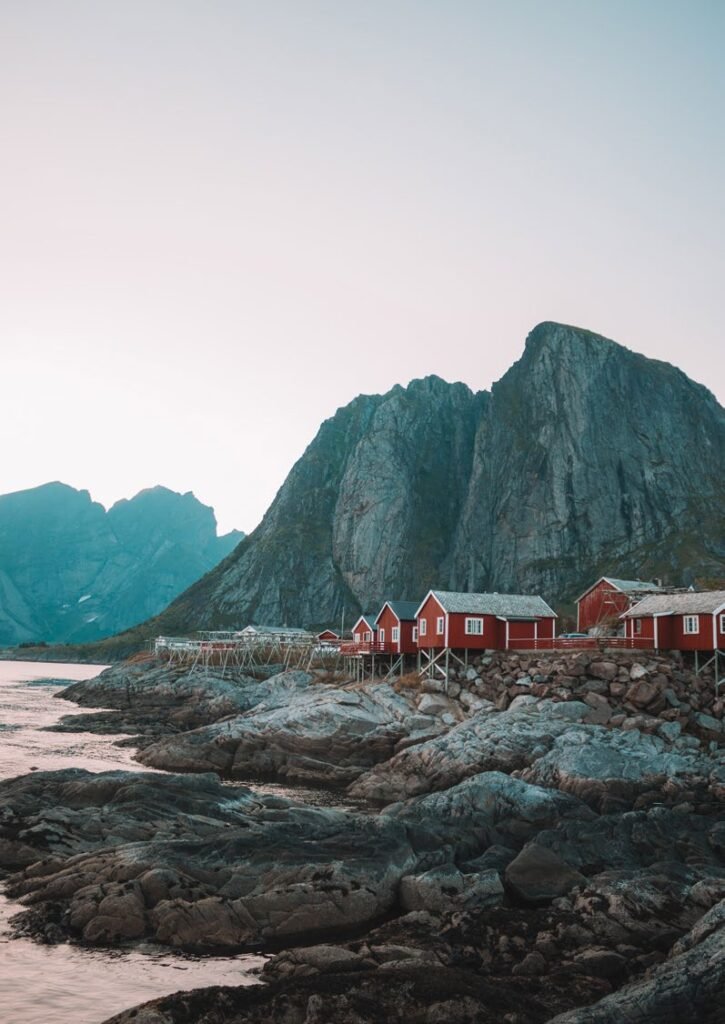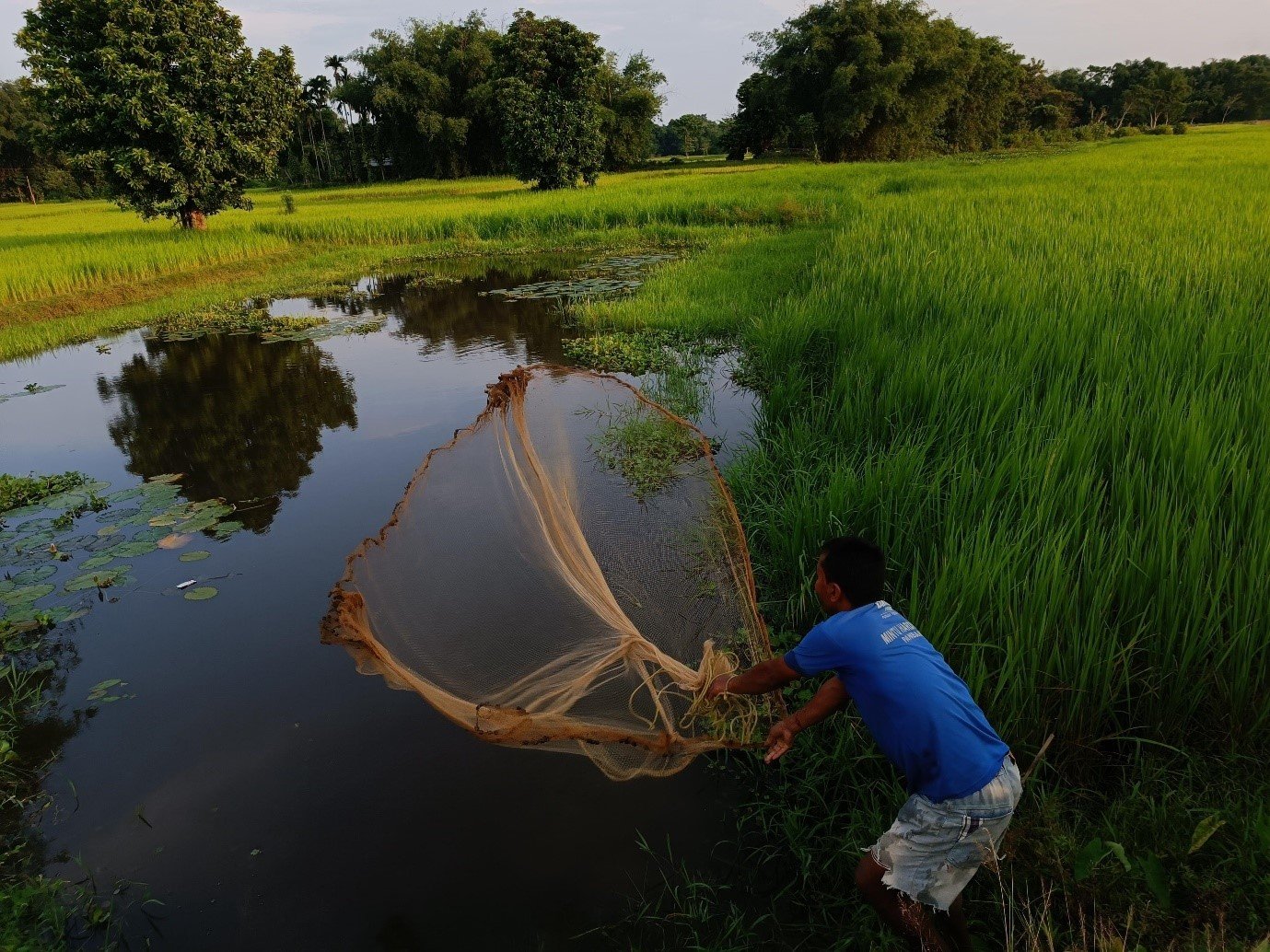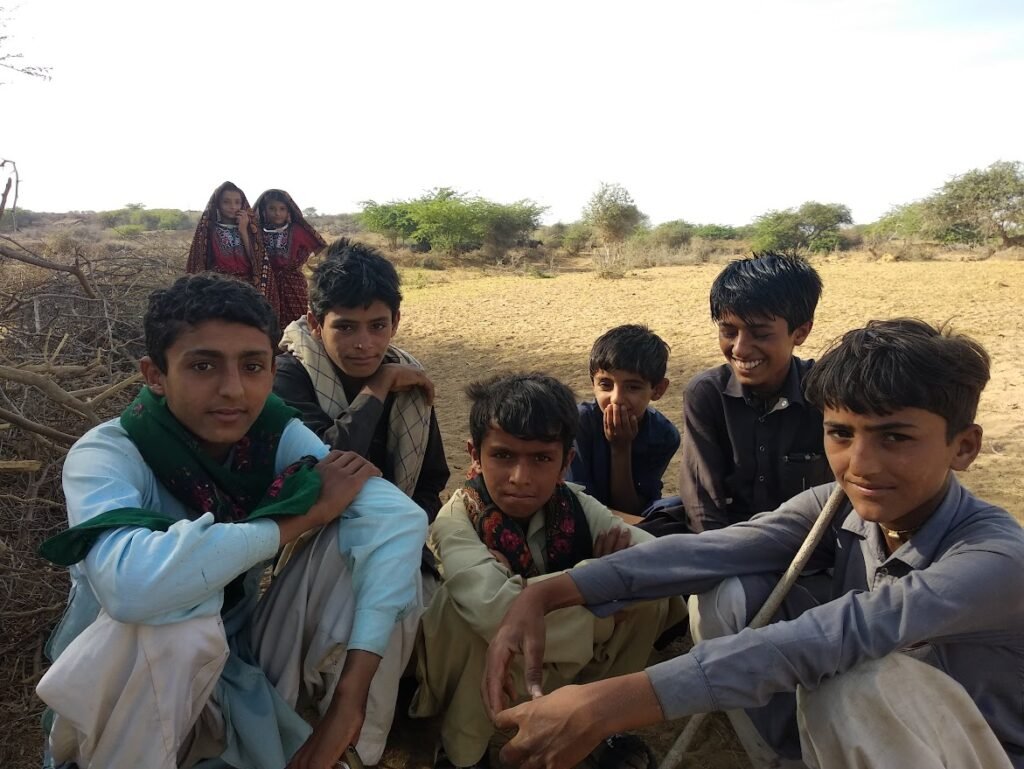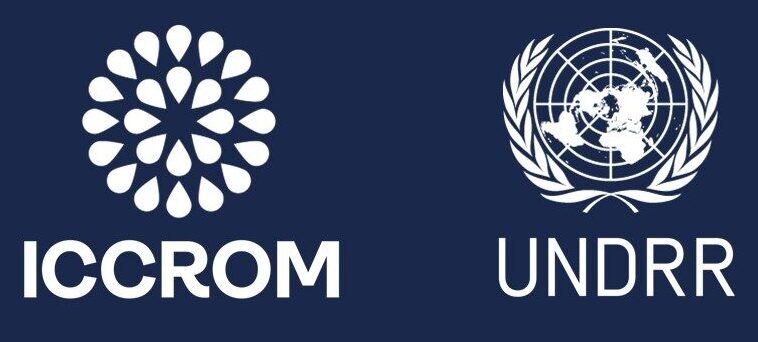Traditional & indigenous knowledge systems(TIKS) for Disaster Risk Reduction a Virtual Repository
About the Website
This website aims to build a comprehensive repository for different genres of traditional and indigenous knowledge systems from around the world that contribute towards monitoring, mitigation, preparedness, response, and recovery against various hazards that can cause disasters. It further aims to create an interactive space for stakeholders from disaster risk management and heritage sectors to provide and analyse similar case studies and develop meaningful discourses on how such knowledge systems can be adapted to current needs, constraints, and opportunities.
Indigenous Knowledge:
Internationally, there is no single definition of indigenous peoples or their knowledge systems. However, a widely agreeable definition might be that systems, which are “integral to cultural complexes, and encompass language, systems of classification, resource use practices, social interactions, values, ritual, and spirituality”, can be termed indigenous knowledge. Despite the large number of cultural and linguistic differences between indigenous knowledge systems around the world, Tewa scholar Cajete (Cajete, 2015) says “there are underlying similarities in their approach to the nature of the interrelationship and development of individuals in the context of the community”. Knowledge is developed and adapted over many generations, based on observations, lessons learnt, and skills developed. It is a living phenomenon. For example, several indigenous peoples use celestial and terrestrial observations as indicators to predict the weather.


Traditional Knowledge:
When cultures and community practices are specific to non-indigenous communities, then it can be termed local/traditional knowledge (FAO, 2021). It stems from the continual development of communal, intergenerational, and place-based knowledge based on personal and group experiences, which are frequently impacted by historical and social processes, (Escobar, 1999). Local knowledge could be defined as knowledge produced by migrants in new settlements that differs from that of the local population. Local knowledge, like scientific or indigenous information, can help guide decision-making. It may or may not be founded on a specific culture or incorporated in larger systems[1].(UNDRR, 2022)
This close and continuous interaction with their surrounding environments has enabled hazard-prone communities to develop traditional and indigenous knowledge systems around it. In addition, over many years, this knowledge has evolved and adapted, based on multiple factors such as geographic location, micro-climate, availability of resources and social and economic structure. In hazardous areas, individuals and communities have learned to use their available resources in the most effective way possible to mitigate disasters and build resilience. (UNDRR,2022)

Watch the UNDRR Video on Traditional & Indigenous Knowledge
Words into Action Guide
Traditional & indigenous knowledge systems
Introduction to the Initiative
This initiative is an extension to the Words into Action (WiA) Guide for traditional and indigenous knowledges for Disaster Risk Reduction jointly developed by UNDRR and ICCROM. The WiA gives guidance in translating the Sendai Framework into credible and implementable actions for disaster risk reduction (DRR).
Focus on Traditional and Indigenous Knowledge
This initiative emphasizes the application of traditional and indigenous knowledge systems rather than merely rediscovering these. It outlines existing ways in which this knowledge has/is being used to reduce, prepare for, and respond to disasters, adding to the guidance document.
Practical Reference and Capacity Building
The repository provides a practical reference to build the capacity of various stakeholders in the DRR community, including administrative bodies, disaster risk management professionals, local people, and indigenous communities, among others.
References
Cajete, G. A. (2015). Indigenous education and the development of indigenous community leaders. Retrieved from ResearchGate: https://www.researchgate.net/publication/283760832_Indigenous_education_and_the_development_of_indigenous_community_leaders
Escobar, A. (1999). After Nature. Retrieved from JSTOR: https://www.jstor.org/stable/10.1086/515799
FAO. (2021). The White/Wiphala Paper on Indigenous Peoples’ food systems. Retrieved from Food and Agriculture Organization of the United Nations : chrome-extension://efaidnbmnnnibpcajpcglclefindmkaj/https://www.fao.org/3/cb4932en/cb4932en.pd
UNDRR. (2022). Words into Action: Using Traditional and Indigenous Knowledges for Disaster Risk Reduction. Retrieved from UNDRR: https://www.undrr.org/words-action-using-traditional-and-indigenous-knowledges-disaster-risk-reduction
